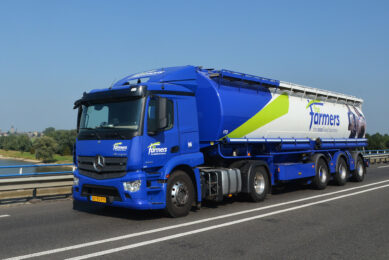Latest research on insects for animal feed

More research papers are being published about the use of insects in feed. Studies range from growing insects efficiently to finding ways to process them in the feed mill. But how efficient do insects grow if animal manure is used as a basis? The answers are found in the latest edition of the Journal of Insects as Food and Feed, published by Wageningen Academic Publishers.
If larvae are reared on manure from livestock production, and subsequently reused as animal feed, this could decrease the environmental impact of the livestock sector. Furthermore, this would decrease the need for feed imports, and thereby the pressure on unsustainable sources of dietary protein currently used, such as fishmeal or soybean meal.
High survival rate of insects
Therefore, an experiment was conducted to compare the suitability of chicken, pig, and cow manure as feed for larvae of the black soldier fly (Hermetia illucens (L.); Diptera: Stratiomyidae). Newly hatched larvae were inoculated on moistened manure (33% dry matter). Water and dried manure were added three times per week, until the first prepupae appeared. It was shown that survival was between 82 and 97%, indicating that the tested substrates were suitable (Table 1).
Fresh manure maybe better
However, development time was much longer than on the control diet (144-215 vs 20 days). Likely, fresh manure would have been more suitable and have facilitated more rapid development, increasing the manure processing capacity of the system. The manure used here was dried. Furthermore, increased processing speed would decrease nitrogen (N) volatilisation. Other measures to decrease N-loss should be taken to prevent air pollution, e.g. using an air washer. These measures would help to make manure processing with Black Soldier Fly (BSF) larvae environmentally sound, and economically viable.

This whitepaper on insects contains valuable information on the advantages and disadvantages of insects in animal feed. It also gives you a clear view on the current legislations and the changes that need to be made. Why are insects not allowed in animal feed?
Source: Journal of Insects as Food and Feed (Wageningen Academic Publishers)











